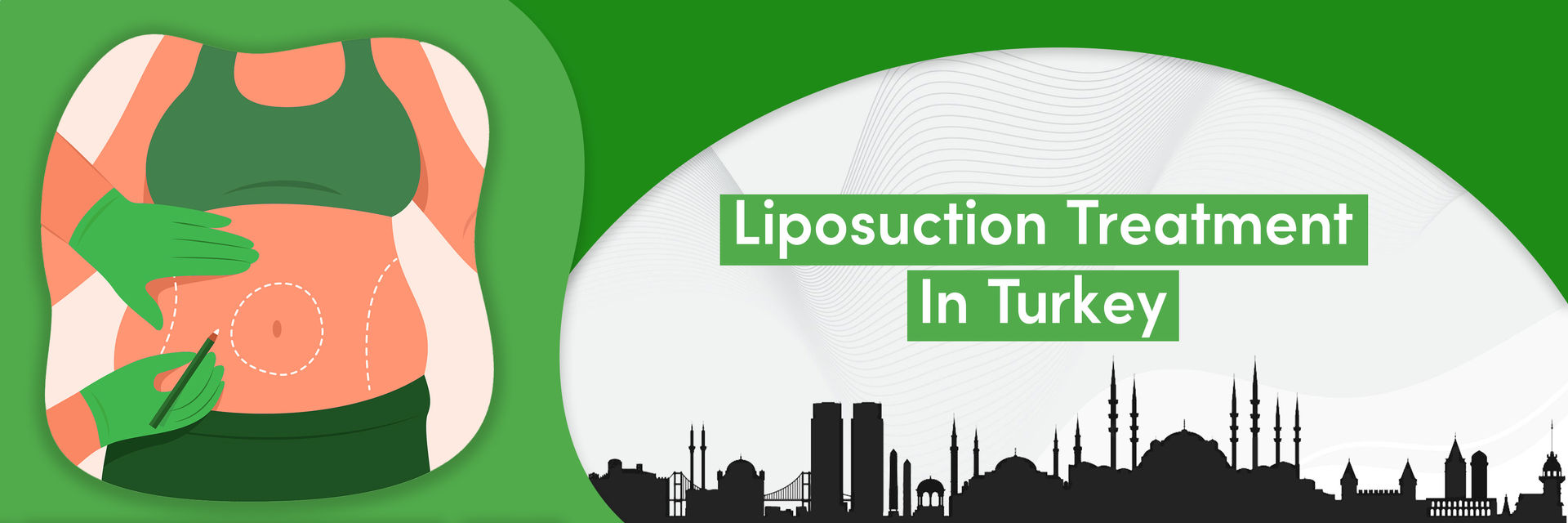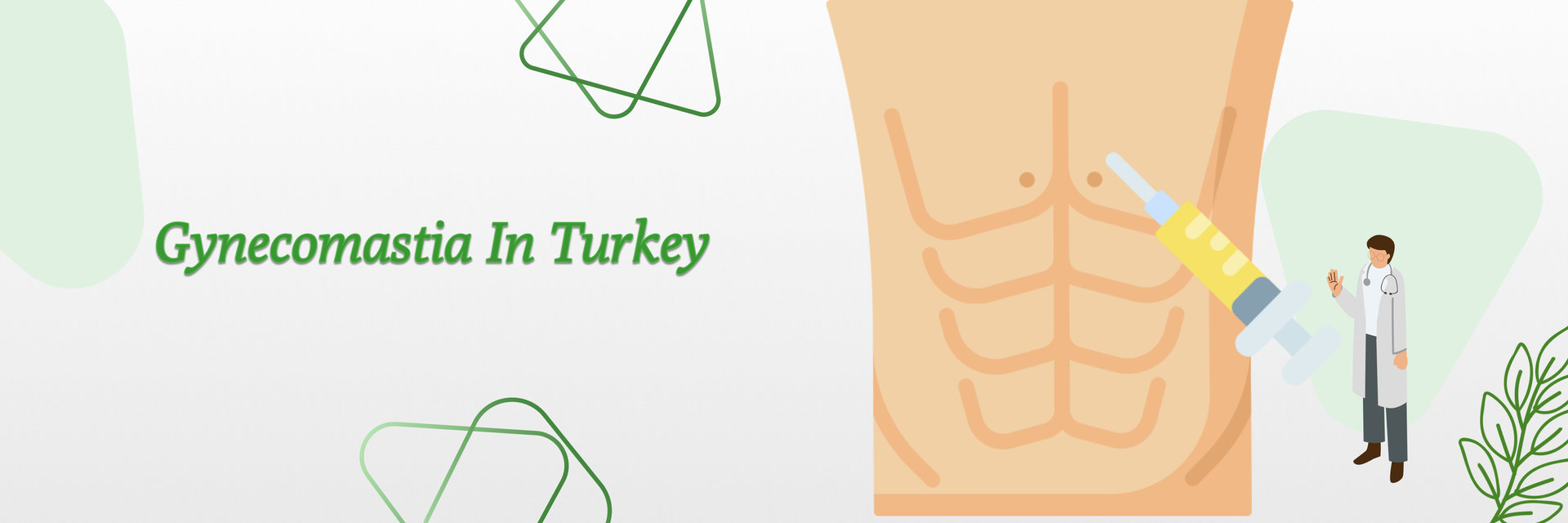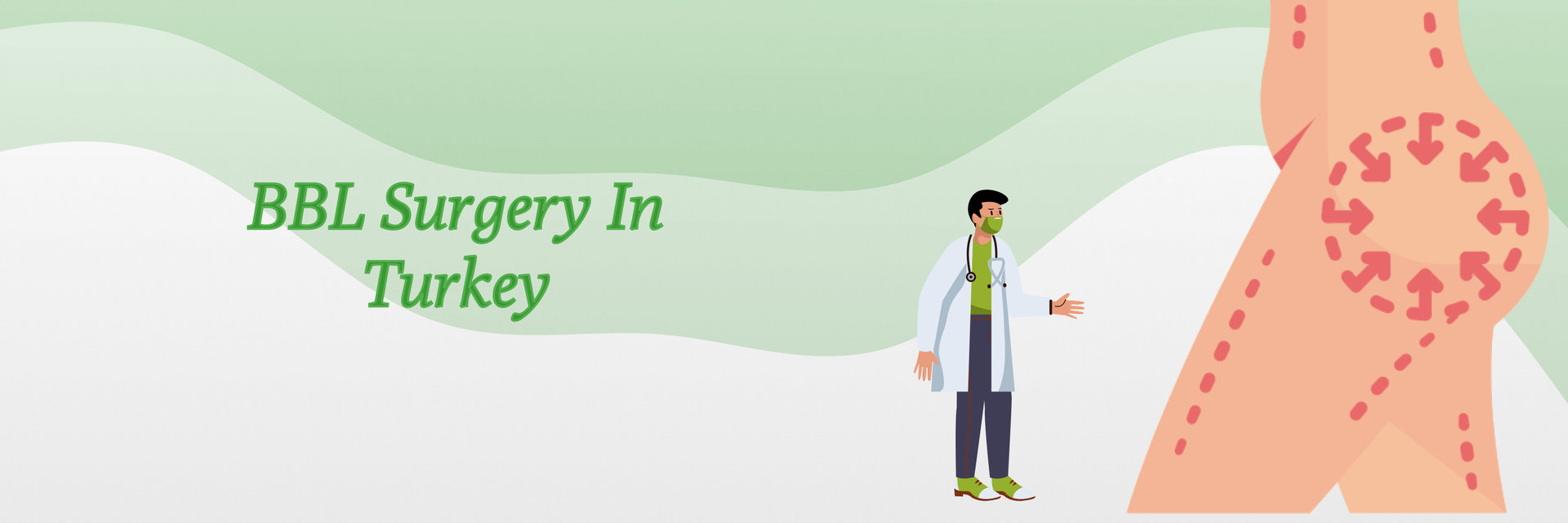Are you worried about how your breast lift scars will look after three weeks? Yes, it’s a common concern
Breast lift surgery, also known as mastopexy, is a procedure to raise and reshape sagging breasts. It's one of the most common cosmetic procedures worldwide, with over 1.5 million performed annually.
This blog aims to offer tips for managing and minimizing scars three weeks after surgery. We'll cover the healing process, how to care for your scars and ways to help them fade over time.
Whether you're about to have the surgery or are in the early stages of recovery, this blog aims to provide you with the support and information you need.
Dr. Vinod Vij, a renowned plastic surgeon, says:
"At three weeks, it's normal for scars to be red and slightly raised with minor swelling. Keeping the incision site clean and using recommended ointments can help minimize scars."
Are you planning to have breast lift surgery? Discuss your concerns with the top plastic surgeons in India and make an informed decision.
Understanding Breast Lift Scars
Curious about the types of scars you might have from a breast lift?
Types of Incisions and Scars
- Anchor: Incision around the areola, down to the breast crease, and along the crease.
- Lollipop: Incision around the areola and down to the breast crease.
- Crescent: Small incision along the upper half of the areola.
The type of incision affects the appearance and length of your scars.
Factors Influencing Scar Appearance
- Skin Type: Some skin types scar more than others.
- Genetics: Family history can play a role in how your scars heal.
- Surgical Technique: Your surgeon's skill and technique can affect scar visibility.
Understanding these factors can help you manage your expectations about scarring.
The First Three Weeks Post-Surgery
What to Expect in the Initial Recovery Phase
Recovery can feel slow, but each week brings noticeable improvements.
- First Week: You’ll experience significant swelling and bruising. Pain and discomfort are normal, and you’ll likely be prescribed pain medication.
- Second Week: Swelling and bruising should start to subside. You may still feel some discomfort, but it should be more manageable.
- Third Week: Most patients begin to feel more like themselves. Swelling continues to decrease, and you can start to see the initial results of the surgery.
Normal Symptoms and Healing Process
- Swelling: decreases over the first few weeks.
- Bruising: Should fade within 2-3 weeks.
- Pain: Managed with medication, should lessen by the third week.
- Scarring: Incisions will start to heal and might look pink or red.
These symptoms are part of the natural healing process, so don’t worry if they initially seem persistent.
Managing Discomfort and Swelling
- Rest: Ensure you get plenty of rest to aid your body’s healing process.
- Medication: Take pain relief as prescribed by your surgeon.
- Cold Compresses: Apply to reduce swelling and discomfort.
- Supportive Bra: Wear as recommended to support your breasts and cut swelling.
Effective management of discomfort helps speed up your recovery and improve your comfort.
Stay patient and follow your surgeon’s advice to ensure a smooth recovery!
Scar Care Tips and Best Practices
Keeping the Incision Site Clean and Dry
- Cleanliness: clean the area with mild soap and water.
- Dryness: Pat the area dry with a clean towel; avoid rubbing.
Maintaining cleanliness is key to preventing infection and promoting healing.
Recommended Ointments and Creams
- Antibiotic Ointment: Apply as prescribed to prevent infection.
- Moisturizing Cream: Use non-perfumed creams to keep the skin hydrated.
Using the right products helps keep your scars soft and reduces the risk of irritation.
Importance of Following Your Surgeon’s Care Instructions
- Consistency: Follow your surgeon’s advice for the best healing results.
- Check-ups: Attend all follow-up appointments to check your progress.
Adhering to your care plan ensures optimal healing and minimizes complications.
Tips for Minimizing Scars
Avoiding Sun Exposure
- Sun Protection: Keep scars covered and apply sunscreen if exposure is unavoidable.
- Clothing: Wear protective clothing to shield scars from the sun.
Protecting your scars from the sun helps prevent darkening and promotes even healing.
Staying Hydrated and Eating a Balanced Diet
- Hydration: Drink plenty of water to keep your skin hydrated.
- Diet: Eat a diet rich in vitamins and minerals to support skin healing.
Good nutrition and hydration are essential for healthy skin and scar recovery.
Using Silicone Sheets or Gels
- Silicone Sheets: Apply silicone sheets to flatten and soften scars.
- Gels: Use silicone-based gels as your surgeon recommends.
Silicone products are proven to improve the appearance of scars.
Taking care of your mental health is as important as caring for your physical health.
Follow expert advice to ensure the best results for your scar healing! Get in touch with us
Conclusion
Reflecting on the first three weeks post-breast lift surgery, patience and proper care are key to managing scars. While the initial healing phase involves discomfort and visible scarring, consistent care, and following your surgeon's advice can lead to significant improvements over time. Embrace your journey, seek support when needed, and remember that scars are part of your unique story.
Reference
https://www.edinaplasticsurgery.com/what-will-my-scars-look-like-after-breast-lift-surgery/
https://goldcoastplasticsurgery.com.au/blog/breast-lift-scars-recovery/







